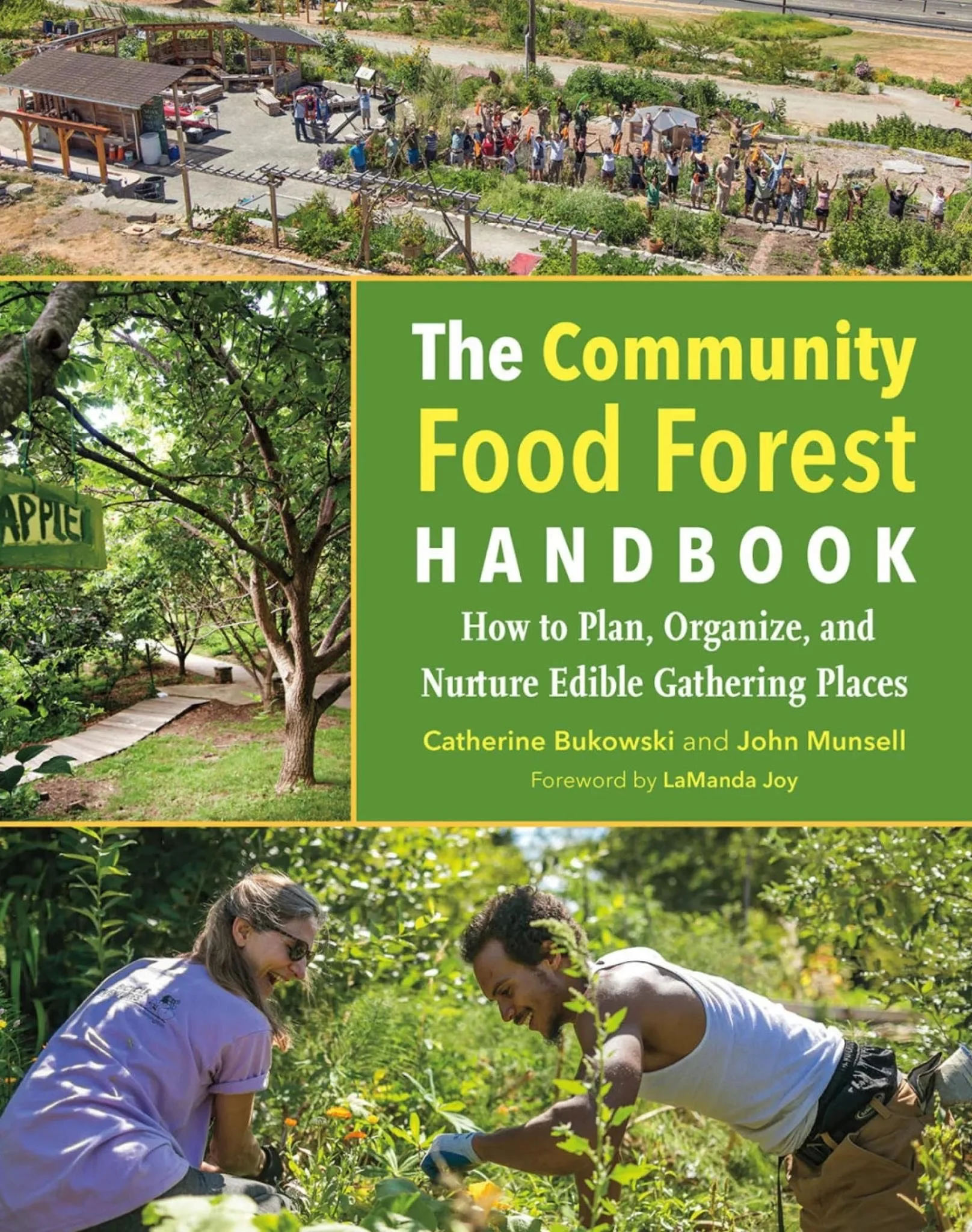Also known as an Edible Park is a beautiful place where people come together to collaboratively grow low maintenance perennial food using a design that mimics a young forest ecosystem.
The communities of plants or (perennial guilds) in a Food Forest are intentionally placed together to optimize space, nutrient exchange, pollination, productivity, and biodiversity. The Edible forest park is designed with patches of Perennial Guilds that have multiple layers - The Canopy or Woodland layer nut species like (Northern Pecan, Chestnut, Cultivar Walnut) The medium sized tree or Sub-Woodland layer - Persimmons, Red Mulberry. The low tree or thicket layer like (PawPaw, Native Plum, Hazelnut, Serviceberry) - The low shrub or sub thicket layer like (Elderberry, Blue Berry, Black Raspberries) - The herbaceous layer of edible perennial leafy greens - (Ohio Spiderwort, Cutleaf Coneflower) The Rhizosphere (Roots) - (Sunchokes, Wild Potato Vine, Ground Nut, etc.) Ground Cover - (Strawberries, Dewberries.) Vines like (Passion Fruit, Riverbank Grape.). These patches of layered plant communities are agriculture in 3D teamed up to compliment one another in symbiotic relation; in other words, the plant guilds are set up to work as a team. The way for this Edible Forest to become a ‘Park’ or blended in with an already established park, is to create a network of pathways that guides people through the Plant Guilds. This creates the opportunity for people to reconnect directly to an abundant and bio diverse ecosystem full of food and medicine, to regain a healthy attachment to Creation.
